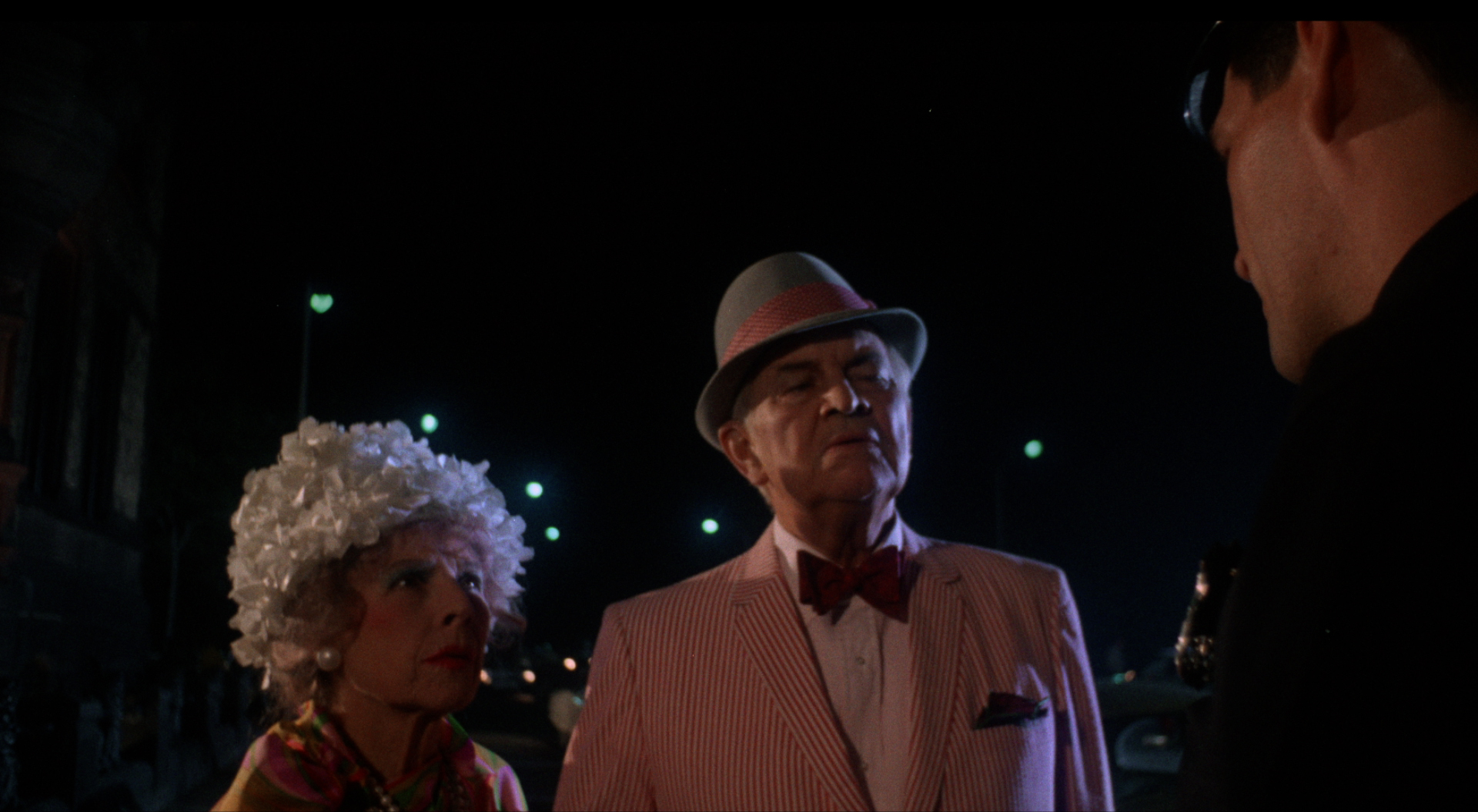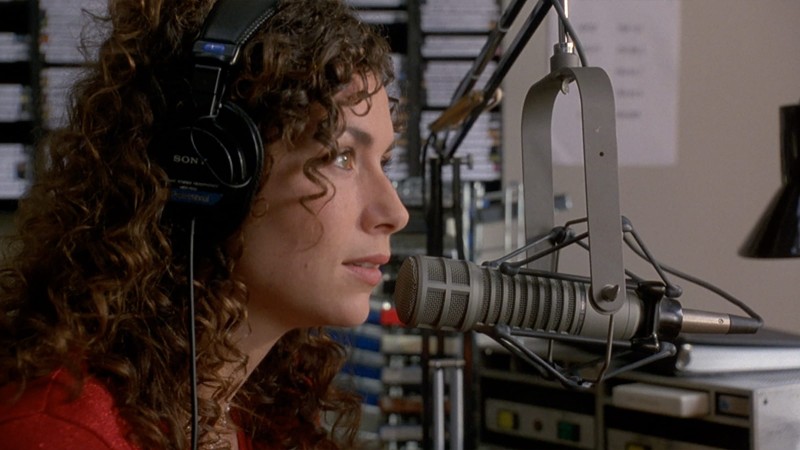Waking Nightmares: A Conversation with Jordan Peele

With his goofy charisma and unerring gift for impersonation, Jordan Peele has spent his past half-decade as a rising comedy star lampooning various strands of contemporary American culture, most notably in his Emmy Award–winning series Key & Peele, which ran on Comedy Central from 2012 to 2015. The fleet-footed satire that earned the show its cult following takes on a starker, more urgent tone in Peele’s directorial debut feature, Get Out, a humor-laced foray into horror that wields the tools of the genre to expose racism lurking at the edges of polite, everyday interactions. Weaving together a vast network of societal ills, from racial profiling and cultural appropriation to the legacy of eugenics, the film follows a young African-American photographer named Chris (Daniel Kaluuya) on an anxiety-ridden weekend getaway with his white girlfriend (Allison Williams) to meet her parents in Upstate New York, a trip that—despite the family’s proudly flaunted liberal bona fides—takes a turn for the macabre. For a comedian best known for his loveable portrayals of President Obama, Get Out is a startling departure, one whose candid reckoning with our decidedly not postracial moment feels right on time.
A few days before the film’s opening, which enjoyed enormous box-office success this weekend, Peele spoke with me about his cinematic influences (several of which are screening in a series he programmed at Brooklyn’s BAMcinématek, running through March 1), the fine line between comedy and horror, and his undying love for Rosemary’s Baby.
One of the tricks you pull off in both your comedy work and in Get Out is creating a sense of moral discomfort in white viewers while also letting them in on the joke. How conscious are you about striking that balance?
It was important to me that I make a movie for all audiences and that I didn’t pick and choose who the movie was for. That being said, I did know that black audiences and people from other disenfranchised groups would pick up on what’s going on in the story differently from white audiences. The film isn’t meant to alienate white viewers so much as let them see this experience that we’ve been living through. I started working on the film about eight years ago, and the point was to make us engage with some of the issues we’ve been neglecting, like the disproportionate incarceration of black men. When I started shooting the movie, in this new moment of increased wokeness, I added a few scenes, including the opening, which alludes to Trayvon Martin with a scenario of a black man walking fearfully through a white neighborhood.
Of course this creates discomfort. I’ve heard white viewers react somewhat more vocally to certain seemingly innocent interactions, like the scene where an older white guy goes up to Chris and says, “I know Tiger [Woods].” You can hear a sense of recognition from white audiences, like Oh my God, I’ve done that. I wanted to give the audience the perspective of being hyperaware of race, which is something that, as a black man, you’re often accused of.

And just as you’re putting us all in the shoes of this black male character navigating a white space, you also capture the fear that white liberals feel of being perceived as racist. How did you decide on that as one of the subjects of your satire?
I wanted the movie to reflect the racism that exists in all of us, so it seemed right to take a look at those who protest too much, as opposed to the easier target of red-state whites who are stereotypically supposed to be racist. It also made the movie tougher to conceptualize, and therefore more fun. I love movies that expose the darker sides of seemingly harmless places and people. That’s why I love The Stepford Wives, which reveals the underbelly of this idyllic setting. And in Rosemary’s Baby, Sidney Blackmer and Ruth Gordon are villains while also being so quirky and cute and flamboyant. They consistently disarm you, and you can understand why Rosemary would doubt her instincts, which tell her that something sinister is going on.
You’ve spoken a lot about your love of Rosemary’s Baby. How did you discover that film, and how deeply did it influence Get Out?
I was probably eleven when I first saw it. I remember my mother told me about the phenomenon of the Ira Levin book and how everyone in New York in the early seventies was carrying it around. Rosemary’s Baby is probably my favorite film. If you can try doing yourself the service of imagining that you don’t know where it’s going, the movie plays so buttery good. And the visuals are so iconic, and I just adore the world of the movie. It makes me feel nostalgic, because I grew up a couple blocks from the Dakota, on the Upper West Side, where the movie was shot. It’s where John Lennon was killed, so it’s a building with a lot of dark history.
There were so many little things that I got from Rosemary’s Baby. It begins with [sings the creepy music that plays over the opening credits], which showed me that the way to start a horror movie is to give people a hint of where it’s going to go. Even if you move away from that menacing tone for a bit, people know it’s coming back. There’s also a party sequence in Get Out that pays homage to the Japanese character who turns up at the end of Rosemary’s Baby . It’s a scary turn in that film because when you see that guy, you realize this is not just a group of run-of-the-mill, Upper West Side devil worshippers. It’s an international cult.
My mother told me the thing that makes this movie so great is that it may be the only movie that captures the feeling of being pregnant—the insecurity, the fear, the paranoia, the feeling when someone tells you, “Oh, that’s just the chemicals and the hormones.” That feeling of being placated. It’s a film about gender; it’s about men making decisions about women’s bodies behind their backs.

And both Rosemary’s Baby and Get Out are about the anxiety that comes when something intrinsic to your identity, that you have no control over, is the very thing that’s used to keep you in constant jeopardy.
Exactly. And at the same time, those are the things that give the characters their distinct intuition. Their identities help them navigate those worlds. Rosemary uses her instincts as a new mother to protect herself and her child. On a subtle level, her personality and point of view are helping her out. And it’s the same with Chris. His blackness is what allows him to perceive that something sinister is going on.
The tone in this movie is so tricky. Did you find it hard to combine horror and comedy?
Yes, that was the biggest challenge with this film. I knew what the plot would be, but the real question was tone. The subject is too serious to do a parody, but if the film is too heavy, then it would be no fun at all and audiences would be pissed. I set myself the goal of doing a thriller in the mold of Rosemary’s Baby and The Stepford Wives, something with an overarching satirical commentary. But I also wanted to have a release valve, which I created with the character of Rod [a TSA officer played by Lil Rel Howery], Chris’s friend. He’s very funny, but he’s not telling jokes. He’s a realistic character, saying things that many people in the audience might already be shouting out at the screen. That was something I borrowed from Scream, which is an example of a full-on thriller that has a more grounded sense of reality than what we typically see in horror movies.
You also get a lot of comedic mileage out of just cutting against the grain of our preconceived notions. I’m reminded of one of my favorite Key & Peele sketches, in which two black audience members in a movie theater start heckling, using film-school lingo and dropping mentions of Dogme 95 and Nosferatu.
In comedy, you get this sixth sense about where the audience is and how they’ll respond. And you develop a sense of where the laughs will come and how a joke should be timed. That sketch centers on a technique that we used often throughout Key & Peele, and I used a lot in this movie too. Anytime you can predict what the audience is assuming, you can subvert that. In Get Out, there’s a moment at the end where the entire audience gasps. I won’t spoil it, but basically you think you know what’s going to happen, and then we end up going in a different direction. Just within that moment, the movie is teaching the audience what their preconceived notions are. It forces them to ask why their minds went there, and why something rings true. That’s a powerful thing. When you have a theater full of people who come from different backgrounds, and you can get everyone to laugh together at the same time, or get scared at the same time, that’s a shared experience. So moving forward, when you’re finally getting into what the movie is really about, everyone’s starting from the same place. That’s one of the transformative powers of storytelling.




